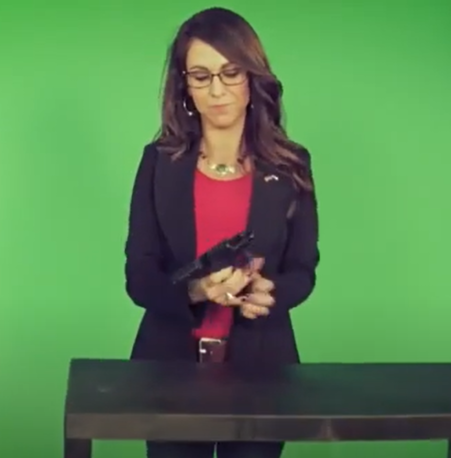
CO-04 (Special Election)
See Full Big Line
(R) Greg Lopez
(R) Trisha Calvarese
90%
10%

President (To Win Colorado)
See Full Big Line
(D) Joe Biden*
(R) Donald Trump
80%
20%↓

CO-01 (Denver)
See Full Big Line
(D) Diana DeGette*
90%

CO-02 (Boulder-ish)
See Full Big Line
(D) Joe Neguse*
90%

CO-03 (West & Southern CO)
See Full Big Line
(D) Adam Frisch
(R) Jeff Hurd
(R) Ron Hanks
40%
30%
20%

CO-04 (Northeast-ish Colorado)
See Full Big Line
(R) Lauren Boebert
(R) Deborah Flora
(R) J. Sonnenberg
30%↑
15%↑
10%↓

CO-05 (Colorado Springs)
See Full Big Line
(R) Dave Williams
(R) Jeff Crank
50%↓
50%↑

CO-06 (Aurora)
See Full Big Line
(D) Jason Crow*
90%

CO-07 (Jefferson County)
See Full Big Line
(D) Brittany Pettersen
85%↑

CO-08 (Northern Colo.)
See Full Big Line
(D) Yadira Caraveo
(R) Gabe Evans
(R) Janak Joshi
60%↑
35%↓
30%↑

State Senate Majority
See Full Big Line
DEMOCRATS
REPUBLICANS
80%
20%

State House Majority
See Full Big Line
DEMOCRATS
REPUBLICANS
95%
5%
 June 10, 2021 11:08 AM UTC
June 10, 2021 11:08 AM UTC 11 Comments
11 Comments
I hadn't seen that map from the Hispanic Chamber. I like it but you're right, Pueblo would be drowned in a sea of Ken Buck red.
Comment deleted
The Politico article reminds me why I love Pueblo.
Pueblo will have a screaming fit if they get jammed into a sea of red.
If Pueblo gets redrawn into the current CD-4 at least they’ll have representation that can focus on the entirety of the Arkansas watershed. From that perspective it would be a good thing.
Sorry, no. The Ark watershed is huge, going all the way up to Leadville and encompasses the majority of El Paso County. So I'm sorry but I think you have your facts mistaken on this one.
I’m well aware of the watershed. My point being it’s a different watershed (and different side of the Continental Divide) than the majority of the current footprint of CD-3. Lamborn is/will always be useless on the subject so it would be up to the rep in CD-4 to carry the load.
The downstream challenges of the Arkansas are significant, snd the Pueblo – Lamar corridor should be looked at ‘in the whole’ when we’re dealing with economic development, water, rural development, and cultural issues.
Completely agree with that sentiment – in a perfect world, in my view, the Lower Arkansas Valley would have its own Congressional district, as would the San Luis Valley, if only the population figures made it possible. It'd be best to have someone who is in tune with the needs of the respective areas at least as far as water is concerned, given that both candidates in CD-3 last cycle said very little about transbasin diversions and when they did it was only to tow the ubiquitous "not one more acre-foot" Western Slope line.
Agreed!
Hmm.
Would anyone outside Pueblo notice or care?
No offense to Pueblo – I'm with kwtree on loving Pueblo.
My point is last year when a teacher was being roasted in Sturtevant, WI for doing her job too well (teaching her students and coworkers about racism, activism, community organizing and democracy in America 2020) almost no one anywhere outside her district noticed.
All politics is local. And if it makes anyone anywhere uncomfortable, it can stay that way.
For those who are interested, the LA Times did a similar sort of article a few weeks ago (focusing on Pueblo's swing county status, etc.). As a resident on the ground, I find that the Politico article gets things a bit more accurate and does a better job all around, but just in case anyone's interested:
https://www.latimes.com/politics/story/2021-04-29/biden-first-100-days-voters-pueblo-colorado-campaign-battleground